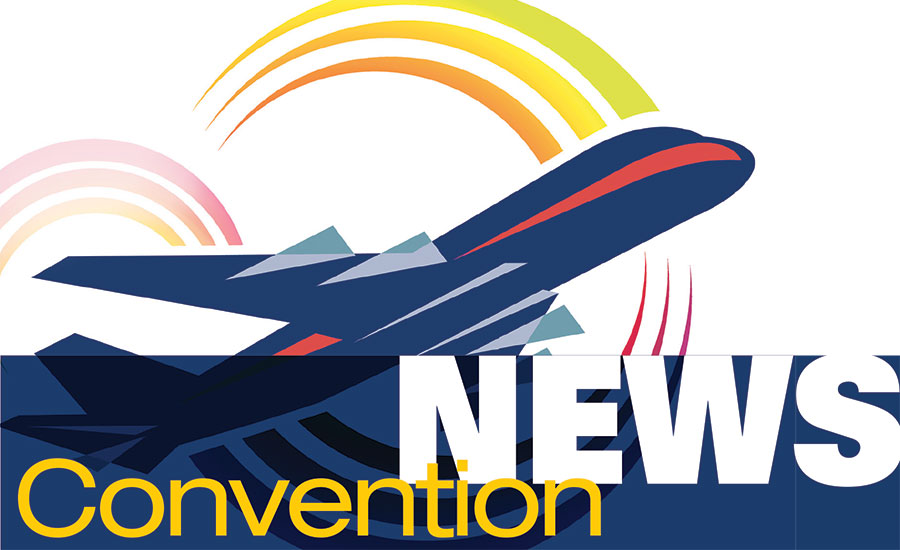Safety Technology Track Sessions at Safety Leadership Conference 2015

Tuesday, Oct. 27
Improving Safety Performance: A TED Talk Style Discussion On The Roles Of Culture, Procedure, and Technology (Shawn Galloway, President, ProAct Safety and Steve Ludwig, Safety Programs Manager, Rockwell Automation) – Multiple studies show that, rather than focusing on risk or cost avoidance, Safety Managers should focus on the productivity gains that can be obtained through comprehensive safety programs including cultural, procedural, and technical elements. This session provides two "TED Talk" style presentations - brief, focused, and pertinent beginning with a discussion on the role of safety culture in an organization, followed by important research on key engineering practices and technologies that improve both safety and productivity.
General Motors Return to Profitability Driven by Safety and Productivity (Mike Douglas, Senior Manager Health & Safety, Engineering, General Motors – Mike Douglas speaks with pride as he recalls the journey General Motors has undertaken in recent years. Mr. Douglas will discuss the cultural, safety, and manufacturing changes at GM and how they’ve helped improve safety and profitability through an integrative safety model.
How An Evolving Workforce Will Affect Your Productivity and Safety-and What You Can Do About It (Steve Ludwig, Safety Programs Manager, Rockwell Automation) – The aging of the global workforce will have profound effects on manufacturing – reducing productivity growth by 40%, and affecting the safety of workers young and old. But there are steps you can take to help mitigate the problem, including changing machinery design methodologies, worker training, manufacturing intelligence, and addressing safety issues in new ways. Learn what steps you should be taking today to address this pressing issue.
Connecting Your Enterprise: Measures to Improve both Safety and Productivity (Jeff Winter, Grantek Systems Integration) – As the manufacturing workforce evolves, safety and productivity risks increase. Improving both operational excellence and worker safety are paramount to addressing these risks. This session will discuss how identifying clusters of safety issues by geography or machine type, safely improving machinery throughput and plant performance can help address these key issues provided EHS and Engineering collaborate to formalize engineering requirements and processes.
Wednesday, Oct. 28
Alternative Safety Measures That Improve Both Safety and Productivity (Jimi Michalscheck, Business Development Manager, Rockwell Automation) – Regulations now provide for alternatives to Lockout/Tagout for operations considered "routine, repetitive and integral" to the operation of equipment during production. A number of manufacturers have interpreted ANSI/ASSE Z244.1-2003 in ways that increase risk of injury, with tragic results. These measures can enhance safety by reducing incentives for workers to place themselves at risk. Find out what alternative measures are acceptable under current regulations, how productivity can be significantly improved as a result, and the best practices for your plants.
Arc Flash: What EHS Managers Should Know About NFPA and OSHA Standard Changes Related to Electrical Safety Risk Mitigation (John Kay, Sr. Product Specialist, Medium Voltage Technologies, Rockwell Automation) – Arc-flash events are responsible for about 80 percent of all electrical-related injuries, with approximately 2,000 people treated each year for severe arc-flash burn injuries in the US. In this session, you’ll learn about recent 2015 NFPA 70E and OHSA changes, current processes and technologies to identify and mitigate arc flash risks, and how to deal with these risks in your employee health and safety programs.
EHS Managers Influence on Engineering Practices and Collaboration (Pat Barry, Regional Marketing Leader, Rockwell Automation) – Too often, a tragic safety incident triggers a pressing need to overhaul your machinery safety program, impacting your company’s labor relations, reputation, and potential sales. This session will provide an overview of current machinery safety standards, technology, and best practices - and how using the safety lifecycle as the foundation of your machinery safety program can improve operational excellence while helping to reduce incidents and ensure global compliance.
Looking for a reprint of this article?
From high-res PDFs to custom plaques, order your copy today!






